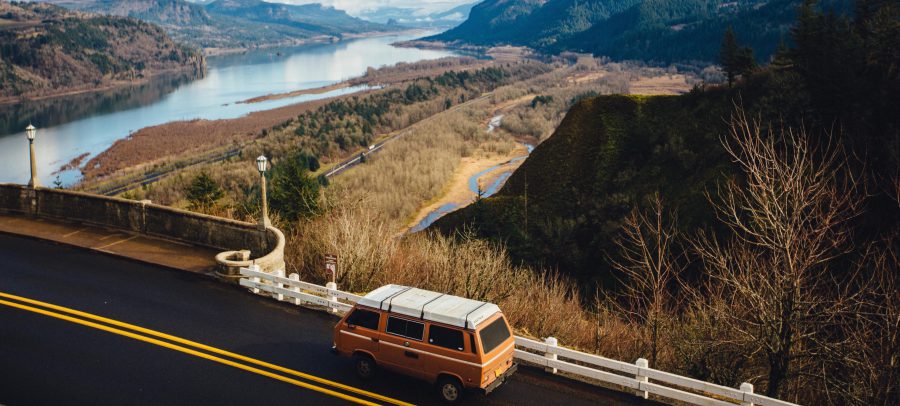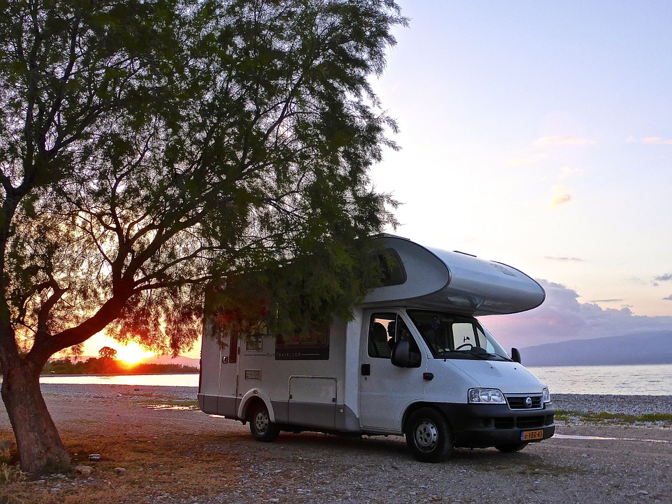
Driving in France, the rules of the road top travel tips
So you have decided to plan a trip to France, you have booked some nights with HomeCamper hosts, now it’s time to jump in the motorhome or caravan. Driving in France is a hugely pleasurable experience, but do you know the French rules of the road and have the right kit with you?
Have the right kit. Be sure to pack reflective jackets for everyone in the car. A warning triangle, so if you break down it can be placed a safe distance behind the vehicle to warn other drivers of any obstruction. Make sure you use headlamp beam deflectors. British cars’ headlights are designed for driving on the left, so when we switch to driving on the right, the beam can dazzle oncoming traffic. To correct this, you will need to buy special stickers to place on your lights. Alternatively, you may be able to adjust the beam manually. You need a breathalyser/alcohol kit in your car as a legal requirement. All of these items can be purchased before you cross into France at the Eurotunnel or ferry terminals.
Motorway tolls are paid when you leave the motorway. When entering a motorway toll in France, simply take a ticket, and off you go. When leaving the motorway, have your cash or credit card ready. Be aware that not all cards are valid: Visa and Eurocard/MasterCard are accepted, but Maestro and Electro are not.
Sign up for a Liber-t toll tag, this allows you to subscribe to the same system used by French drivers and pass through the lane marked with an orange ‘t’. In many cases you don’t even need to drop below 30km/h to pass through. The toll charge is then taken by Direct Debit from your bank account.
Need a break? Stop at an aire. The French have fantastic stop-offs , called ‘aires’ that are placed, on average, every 20 km along the motorways. Some offer just a picnic area and toilet block, while the ‘aires de service’ provide a full service station service.
Don’t miss out on attractions. Look out for the ‘villages étapes’. These villages or small towns are next to the motorway and are worth a stop off: not only do they give motorists the services they need, such as cafés, restaurants, toilets and overnight accommodation, but also are often something of interest to explore. This can be a pretty market town square, a park or even a château.

Follow the correct emergency procedure. These are similar to the UK. If you have to make an unscheduled stop on the motorway – in the case of a breakdown, you need walk to the nearest emergency telephone, placed approx. every two km, and call for assistance. You will be towed to a designated area where those with European cover will be met by their breakdown provider. You cannot call for them to pick you up directly from the motorway.
Have the right documents. You need to carry the following: full, valid driving licence; proof of motoring insurance; proof of ID (passport); proof of ownership of the vehicle (V5C Certificate); travel insurance documents.
For more advice check out the RAC and happy travels from the team at HomeCamper!
Share your driving and travels tips with us using #homecampertraveltips
